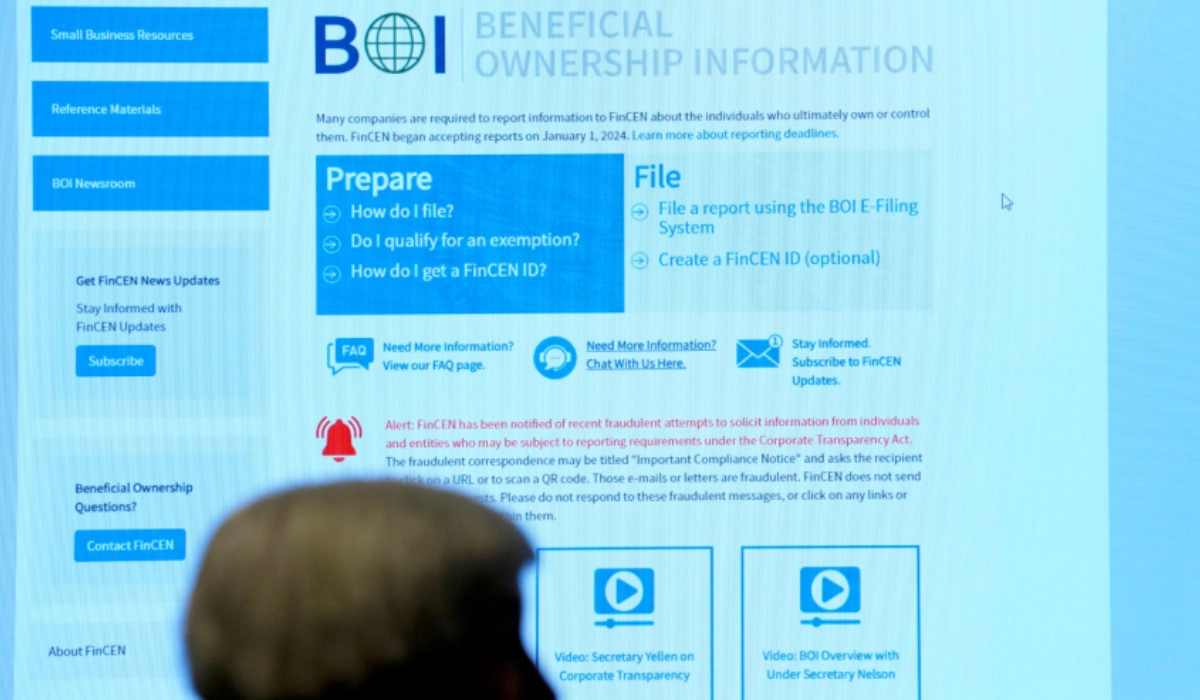Australia is closing key money laundering loopholes that remain open in the US through significant reforms in its anti-money laundering and counter-terrorism financing (AML/CTF) regime, as part of a broader effort to modernize regulations, align with global standards, and plug regulatory gaps exposed by sophisticated financial criminals. These sweeping regulatory changes, implemented in 2025 under the oversight of AUSTRAC (the Australian Transaction Reports and Analysis Centre), represent a marked evolution from Australia’s previous framework and contrast with more stagnant or backward-moving measures in the US, particularly in sectors like real estate, legal services, and crypto-assets.
Modernizing Australia’s AML Framework
Australia’s new AML/CTF Rules, tabled in Parliament in August 2025 and formalized after extensive public consultation, introduce a more risk-based supervisory approach. The reforms shift focus from mere paperwork compliance to actual risk mitigation, requiring businesses to actively identify and reduce money laundering and terrorism financing risks in their operations. This presents a foundational change from past regulations, which were sometimes seen as checklist-driven rather than outcome-oriented.
These reforms also modernize the regulatory scope, extending obligations to previously exempted high-risk sectors such as lawyers, accountants, and real estate agents, long criticized for being regulatory blind spots. The inclusion of these “gatekeeper” professions aligns Australia with international best practices, including standards set by the Financial Action Task Force (FATF), of which Australia is a founding member. The new rules also impose enhanced reporting, including for international value transfers, adopting the FATF “travel rule” for crypto and electronic payments, an area where Australia is rapidly closing gaps compared to other jurisdictions.
Closing Gaps Left Open by the US
In stark contrast to Australia’s active tightening, recent discourse highlights how the US has not only failed to close similar loopholes but in some respects has regressed. Particularly in real estate, where the US still lacks comprehensive AML supervision for professionals like lawyers and real estate agents, Australia is implementing what it calls “tranche 2” reforms to bring these sectors under regulatory scrutiny. This is an area where US regulatory frameworks remain comparatively permissive, sustaining vulnerabilities exploited by money launderers.
The Australian government’s earnest approach reflects in its funding prioritization, such as the $223.8 million allocation in 2023 to the Australian Taxation Office’s Serious Financial Crime Taskforce, enhancing disruption of organized crime groups undermining public finances. These efforts have yielded convictions, audits, and significant liabilities raised, demonstrating a tangible impact on fighting financial crime.
International Cooperation and FATF Alignment
Australia’s AML reforms are part of a global trend toward heightened financial crime controls and greater transparency. Responding directly to FATF evaluations—Australia faces a mutual evaluation in 2026—the country’s reforms aim to meet or exceed the FATF’s 40 Recommendations to ensure greater effectiveness. This includes improved beneficial ownership transparency and tougher regulation of crypto-assets, sectors that have recently seen record fines and enforcement globally.
Cooperation beyond Australian borders is a cornerstone of the strategy, with intelligence exchange, mutual legal assistance, and extradition requests facilitating cross-border crime fighting. Australia’s outreach includes regional capacity-building efforts in Southeast Asia, South Asia, and the Pacific, promoting harmonized standards and bolstering the effectiveness of the AML regime internationally.
Australia’s Position in Global AML Leadership
Unlike the US, which has been criticized for regulatory inertia or even rollback in parts of its AML framework, Australia is position itself as a leader in AML innovation. Key global financial centers like the EU and UK are advancing their own AML reforms, but Australia’s comprehensive approach, including bringing legal and real estate sectors into AML fold and enforcing the FATF travel rule for value transfers, shows an advanced regulatory sophistication.
Australia’s efforts to extend AML rules to new and evolving financial technologies, including fintech and cryptocurrency providers, reflect an understanding of the modern financial ecosystem where illicit actors often exploit technological innovations and cross-border digital payments.
Implications for Business and Compliance
For Australian reporting entities—ranging from fintech firms, payments providers to newly regulated professions—the reforms require an active and practical risk management mindset. Businesses must move beyond simple compliance checklists to embed effective controls that mitigate laundering risks and comply with evolving reporting obligations.
This is expected to increase compliance costs and operational burdens, but AUSTRAC has emphasized that it does not require perfection on day one, focusing instead on effectiveness and intent to mitigate harm. The regulatory regime thereby encourages a dynamic, outcomes-focused compliance culture aligned with global harmonization efforts.
Challenges Ahead and US Comparisons
While Australia’s reforms represent a marked step forward, some observers note that the effectiveness of these measures will hinge on enforcement and ongoing adjustment to emerging threats. By contrast, the US regulatory environment continues to face criticism for allowing real estate and other high-risk sectors to remain lightly regulated, creating persistent vulnerabilities that criminal networks exploit.
Australia’s comprehensive reforms also underscore the growing gaps between nations in AML effectiveness, with Australia moving decisively to plug known deficiencies while the US could be seen as lagging due to political and regulatory challenges that maintain or widen loopholes.
Summary
Australia’s recently enacted 2025 AML/CTF Rules are closing longstanding regulatory loopholes and gaps that continue to exist in the US, particularly around sectors such as real estate, legal services, and cryptocurrency. By adopting a more risk-based, outcomes-focused approach and extending oversight to previously exempted gatekeepers, Australia aims to meet FATF standards and enhance its defense against money laundering and terrorism financing threats. The reforms reflect robust government commitment, including significant funding for financial crime taskforces and active international cooperation.


